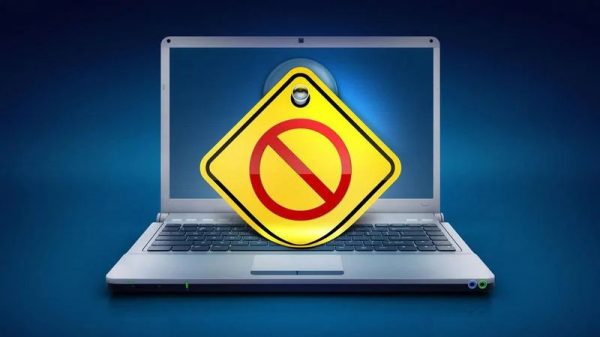The release of the draft of the Indian Telecommunication Bill, 2022 by the Department of Telecommunications (DoT) is in line with the plan to introduce a new legal framework for telecommunications in India. After a consultation paper in July, the Ministry has invited comments on the draft till October 20, to be sent to — naveen.kumar71@gov.in. Why it matters: Stakeholders have previously called for revisions in the telecom sector’s framework to make it, as the Bill says, “future-ready.” Now this new Bill seeks to replace the existing legal framework governing telecommunication in India, comprising of the Indian Telegraph Act, 1885, the Wireless Telegraphy Act, 1933 and the Telegraph Wires (Unlawful Possession) Act, 1950. This calls for a closer look at the various aspects of this Bill. Expanded definition for telecommunication services The bill has expanded the definition* of "telecommunication services" to include "service of any description which is made available to users by telecommunication, and includes any other service that the Central Government may notify to be telecommunication services". Description of services provided in the bill: The term 'service' will include— Broadcasting services, Electronic mail, Voice mail, Voice, video and data communication services, Audiotex services, Videotex services, Fixed and mobile services, Internet and broadband services, Satellite-based communication services, Internet-based communication services, In-flight and maritime connectivity services, Interpersonal communications services, Machine-to-machine communication services, Over-the-top (OTT) communication services It means that internet services like WhatsApp, Zoom, Signal, Messages, Google Duo, etc. will be subject to the provisions of the bill. The Internet Freedom…





























